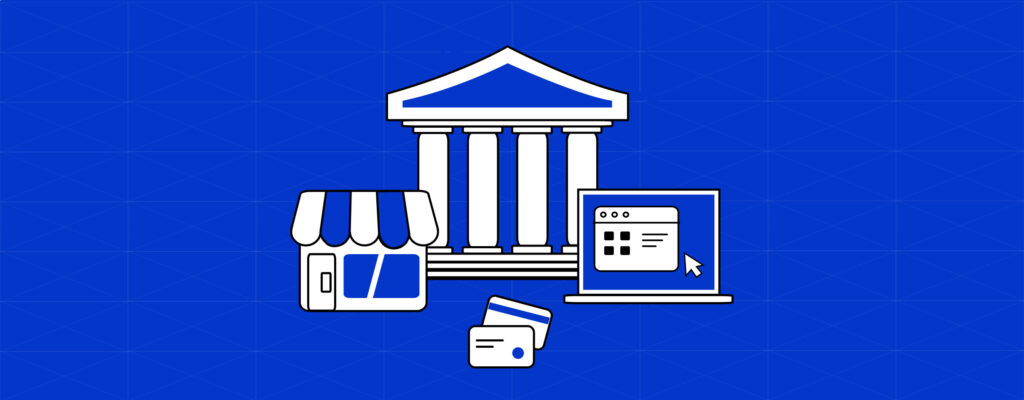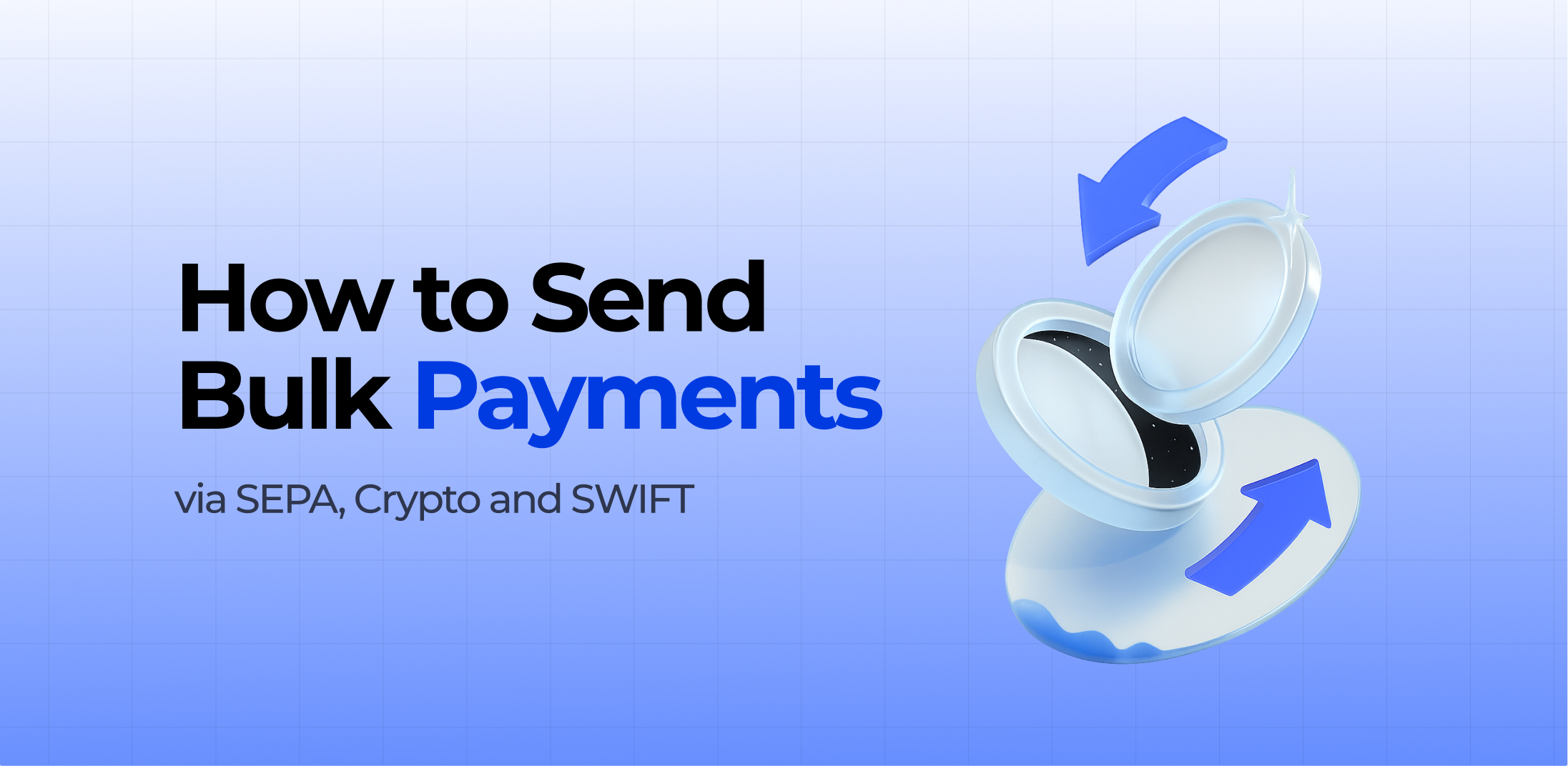Starting an ecommerce business involves several key stages of preparation, from analyzing your target audience to selecting a platform and integrating the services needed to interact with customers. Among these is the implementation of online payment systems, which are essential for efficiently processing payments for orders and services. Merchant acquiring is the process of working with a financial institution or payment processor to manage card transactions for your business.
Given the wide variety of providers, each offering different features, pricing structures, and services, selecting the right one can be a daunting task. Let’s dive in and explore what is merchant acquiring? What options are available to customers? The PaySaxas team of experts is here to provide some clarity on the matter.
Key Considerations When Choosing a Merchant Acquirer
When selecting a merchant acquiring service, it’s important to keep the following factors in mind:
- Transaction fees. Carefully evaluate each payment acquirer’s fee structure, as it directly affects your overall costs. Look beyond just transaction fees to consider monthly fees, setup costs, and any potential hidden charges. By having a complete view of all expenses involved for the service, you’ll be better equipped to choose a payment provider that fits your budget and financial objectives.
- Payment options. Verify that the online acquirer service offers a broad selection of payment methods, particularly those favored by your customers. Seek support for popular credit and debit cards, e-wallets, and newer alternative payment options. This versatility can enhance customer satisfaction and boost conversion rates for the service.
- Integration and user experience. Select a provider that easily integrates with your current systems, providing smooth API compatibility and strong multi-platform support. A user-friendly, intuitive payment service interface improves usability, helping your team efficiently handle transactions, monitor data, and optimize online workflow.
- Security features. Ensure the acquirer adheres to stringent security service standards, like PCI DSS compliance, and provides robust fraud prevention tools. Such features are essential for safeguarding both your business and customers, fostering trust, and minimizing financial service risks.
- Customer support. Opt for a payment service provider known for excellent customer support, providing accessible, responsive, and effective assistance. Prompt help with troubleshooting or urgent concerns can be invaluable in keeping operations running smoothly.
- Settlement speed. Comprehend the payment merchant acquirer’s processing durations, as quicker settlement times allow faster access to your funds. Select an online service provider that guarantees dependable and prompt transfers to your business account, thereby enhancing cash flow and improving operational efficiency.
- Reputation and reliability. Investigate the provider’s track record for uptime, reliability, and customer satisfaction for the service. Partnering with a dependable and reputable payment merchant provider ensures steady service, reduces the online risk of disruptions, and supports a seamless payment experience for your customers.
By thoroughly considering these elements, you can find a merchant payment acquirer that aligns with your business requirements and helps streamline your payment service processes. Let’s get on with the merchant acquiring meaning.

Comparing Acquiring Models
When selecting a merchant acquiring service provider, it’s important to understand the various acquiring service models, as each offers different benefits and considerations. Generally, there are two main types of payment merchant acquiring models: direct and indirect.
Direct Acquiring
With direct acquiring, businesses form a direct partnership with a bank or financial institution to handle their payment service processing. This approach offers greater online control over transaction management, which can lead to reduced processing fees and increased flexibility in handling various payment methods, currencies, and transaction volumes. Additionally, direct acquirers typically provide more personalized support service, enabling faster resolution of issues and tailored assistance.
However, this model comes with certain challenges. The approval process for direct acquiring is often more complex, as banks usually require a thorough evaluation of your business’s financial stability, transaction history, and overall risk profile. As a result, businesses may face higher setup costs and longer approval periods for the service. While direct acquiring offers more control and online autonomy, it may not be ideal for smaller businesses or startups, as the merchant approval process can be more demanding.
Indirect Acquiring
With indirect acquiring, businesses collaborate with third-party payment service processors or aggregators, who, in turn, partner with banks to manage merchant payment transactions. This model is generally quicker and simpler to set up than direct acquiring, making it particularly appealing for smaller businesses, startups, or those with limited budgets. The setup service process is streamlined because the third-party provider processor handles all online interactions with the bank, eliminating much of the complexity and enabling businesses to start accepting payments almost immediately.
One of the major benefits of indirect acquiring is its low entry barriers. It typically requires lower initial merchant costs and involves a less stringent application process, making it accessible for businesses that are new or have fewer resources. Third-party provider processors also provide pre-built tools and integrations with various eCommerce platforms, point-of-sale systems, and mobile payment solutions, which allows businesses to implement payment merchant processing without having to worry about the technical details. This makes it a great option for businesses that want to focus on growth and operations rather than getting bogged down with payment provider infrastructure.
However, there are some drawbacks to this model. Businesses using indirect acquiring often face higher transaction provider service fees compared to direct merchant acquirers. Since the third-party processor acts as an intermediary, they take a portion of the transaction fee, which can increase the overall cost of processing payments. As a result, while the setup is easier and more affordable, businesses with higher transaction volumes might find the fees to be a significant consideration in the long term.

Technical Considerations and Integration Capabilities
When choosing a merchant service acquirer, it’s essential to assess the technical features and integration capabilities to ensure efficient and hassle-free payment processing. A critical consideration is how easily the acquirer’s system can connect with your current setup, including your ecommerce platform, point-of-sale (POS) systems, and accounting tools. The ideal payment merchant service acquirer will provide smooth integration options, such as APIs, plugins, or out-of-the-box solutions, which will reduce the need for custom development and speed up the deployment process.
It’s equally important to evaluate the scalability and adaptability of the merchant acquirer’s technology. As your business expands, your payment processing requirements will likely change, and you’ll need a provider that can handle increased transaction volumes, support new payment options (such as mobile wallets or cross-border payments acquiring), and remain aligned with future technological advancements.
Security is a key consideration when selecting a merchant acquirer. Make sure the payment provider uses strong encryption, tokenization, and adheres to industry standards like PCI-DSS to protect sensitive customer information. Additionally, the acquirer should offer features like fraud prevention service tools, chargeback management, and other security measures to protect both your business and your customers. In the end, the smoother the integration process and the more flexible the acquirer’s technology is for future needs, the more efficient and secure your payment provider processing will be.
Evaluating Reporting and Analytics Features
When selecting a merchant payment acquirer, it’s important to evaluate the reporting and analytics features they provide. Comprehensive reporting tools offer valuable insights into transaction data, enabling you to track sales patterns, assess payment success rates, and identify potential issues like chargebacks or declines. Seek a provider that offers customizable dashboards, real-time reporting, and in-depth transaction online acquiring analysis, allowing you to effectively monitor and optimize your payment performance.
Additionally, it’s important to assess the level of data access and the flexibility of the reporting features offered by the merchant acquirer. Can you generate merchant provider reports as needed, or are updates provided on a fixed schedule? Does the payment platform allow you to export data in formats that are compatible with your accounting service or business intelligence tools? The more comprehensive and accessible the reporting options, the better you’ll be able to make informed, data-driven merchant provider decisions and streamline your payment processes.
Analytics tools that highlight trends in customer behavior, geographic patterns, and payment preferences provide valuable insights that can help refine your business strategies and enhance customer experience. A robust reporting and analytics system not only allows you to track payment transactions but also empowers you to uncover growth opportunities, boost operational efficiency, and better manage risks.

Geographical and Payment Method Coverage
If your business is global or plans to expand internationally, it’s essential to choose a merchant acquirer that can process payments in multiple countries and currencies. Seek a provider with expertise in handling cross-border transactions, ensuring they comply with local regulations, tax laws, and international payment standards.
Beyond geographic reach, the merchant acquirer should support a broad range of payment methods to accommodate the varied preferences of your customers. This should include traditional credit and debit cards, as well as alternative options like mobile wallets (such as Apple Pay and Google Pay), digital currencies, and region-specific payment solutions.
By providing multiple payment merchant methods, you can enhance the customer experience, making transactions more convenient and increasing the likelihood of conversions while reducing cart abandonment rates. In the end, a merchant acquirer with broad geographical and payment method coverage gives you the flexibility to expand your reach and deliver a smooth payment experience, regardless of your customers’ location or preferred payment methods.
Conclusion and Final Recommendations
Selecting the right merchant acquirer is a crucial decision that can have a profound effect on your business’s payment processing efficiency, customer satisfaction, and long-term growth. By thoroughly assessing important factors like merchant provider transaction fees, integration options, security measures, global coverage, and supported payment methods, you can ensure that your payment solutions are tailored to meet your current and future business requirements.
When evaluating potential merchant acquirers, focus on those that provide flexibility, scalability, and exceptional customer support. The right partner will simplify your payment operations while enabling your business to grow into new markets, embrace evolving payment technologies, and maintain security in an increasingly complex digital environment. To make the best choice, be sure to take the time to:
- Explore multiple options: Avoid settling for the first merchant acquirer you come across. Take the time to evaluate several merchant payment providers, comparing their features, pricing, and reputations.
- Emphasize scalability and adaptability: Select a merchant acquirer that can grow alongside your business and easily accommodate new payment methods or international expansion as your needs evolve.
- Assess integration ease: Make sure the payment acquirer can seamlessly integrate with your current systems, minimizing disruption and accelerating the setup process.
- Prioritize security and compliance: Safeguard your business and customers by choosing a payment merchant provider with a strong focus on data protection and adherence to industry standards like PCI-DSS.
- Consider customer support: Choose a merchant services provider known for offering responsive, accessible support, ensuring any issues are swiftly addressed to maintain smooth operations.
By adhering to these guidelines, you can choose the right merchant acquirer that not only addresses your immediate needs but also fosters your business’s long-term growth and success in the ever-evolving payment landscape. For further assistance in navigating this payment decision, the experts at PaySaxas are here to guide you, providing valuable insights and support to ensure you make the best choice for your business.








